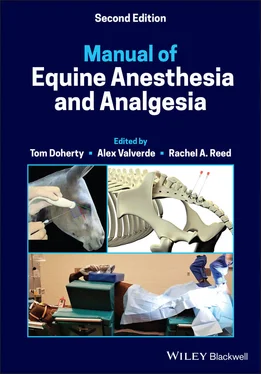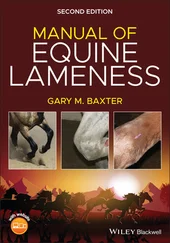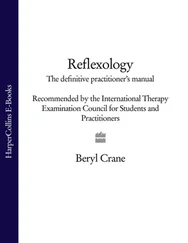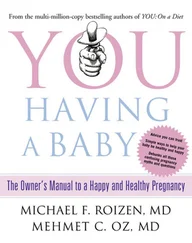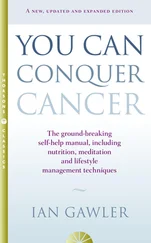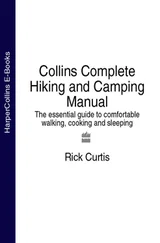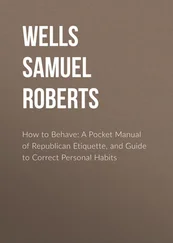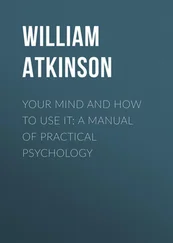Dr. Carla Sommardahl, DVM, PhD, DACVIMDepartment of Large Animal Clinical Sciences The University of Tennessee College of Veterinary Medicine Knoxville TN 37996‐4545, USA
Dr. Tena L. Ursini, DVM, DDACVSMRDepartment of Large Animal Clinical Sciences The University of Tennessee College of Veterinary Medicine Knoxville TN 37996‐4545, USA
Dr. Neal Valk, DVM, DACVSDepartment of Large Animal Clinical Sciences The University of Tennessee College of Veterinary Medicine Knoxville TN 37996‐4545, USA
Dr. Alex Valverde, DVM, DVSc, DACVAADepartment of Clinical Studies Ontario Veterinary College The University of Guelph Guelph Ontario NIG 2W1, Canada
Dr. Daniel S. Ward, DVM, PhD, DACVODepartment of Small Animal Clinical Sciences The University of Tennessee College of Veterinary Medicine Knoxville TN 37996‐4545, USA
Dr. Ray Wilhite, MS, PhDDepartment of Anatomy, Physiology and Pharmacology College of Veterinary Medicine Auburn University AL 36849, USA
The second edition of the Manual of Equine Anesthesia & Analgesia has been updated and rearranged. Most topics have been expanded and new chapters added. Chapters devoted to the sedation and anesthesia of horses undergoing imaging procedures, anesthesia of donkeys and mules, and recognition of pain in horses and donkeys are now included. Case examples of the pharmacologic control of pain are provided, and information on non‐pharmacologic treatment of acute and chronic pain using acupuncture and physical rehabilitation techniques have also been added. In addition, a suggested reading list is included for the reader who wishes to seek further information on the topic.
This edition of the Manual of Equine Anesthesia & Analgesia strives to deliver relevant information on the physiologic and pharmacologic principles underpinning the anesthesia of equids, in addition to providing useful information on the clinical practice of anesthesia. The Manual has retained the same easily accessible format of the first edition, and we believe that it will be a useful guide to all those involved in the anesthesia of equids.
Tom Doherty
Alex Valverde
Rachel A. Reed
We wish to acknowledge our contributors for providing their expertise, and we greatly appreciate the time and effort they expended on this project. A special word of thanks to the staff at John Wiley & Sons, especially Ms. Erica Judisch, Ms. Susan Engelken, and Ms. Merryl Le Roux, for making this project possible.
1 Preoperative Evaluation and Patient Preparation
The Risk of Equine Anesthesia
Tanya Duke‐Novakovski
Risks of equine anesthesia have been linked with various conditions and situations and are reviewed in detail elsewhere and summarized in this chapter.
I Risk of equine anesthesia
Anesthesia of the horse always involves an assessment of risk.
Potential complications range from the less serious (e.g. skin wounds) to the more serious (e.g. long bone fractures, myopathies, and peripheral neuropathies), and to death in some cases.
There is also risk of injury to personnel and safe handling should be practiced.
The goal of the anesthetist is to minimize the adverse effects (ideally at minimum cost) by:Identifying and defining the risk(s).Selecting the best strategy for controlling or minimizing the risk(s).
Data from single clinics have cited mortality rates of 0.24–1.8% in healthy horses.
Data from multicenter studies cite the death rate for healthy horses undergoing anesthesia at around 0.9% (approximately 1 : 100).
The overall death rate, when sick horses undergoing emergency colic surgery are included, has been reported to be 0.12% when fatalities were directly related to anesthesia in one study, and 1.9% in another study.
II Classification of physical status (see Box 1.1)
Classification of health status is generally based on the American Society of Anesthesiologists (ASA) system.
This system uses information from the history, physical examination, and laboratory findings to place horses into one of five categories.
The classification allows for standardization of physical status only.
The ASA system does not classify risk, although increased risk of complication is associated with a high ASA status.
These classifications are not always useful for horses: nevertheless, the system serves as a guide to case management.
Box 1.1ASA Classification System
| ASA 1 |
Healthy horse does not require intervention (e.g. castration). |
| ASA 2 |
Horse with mild systemic disease (e.g. mild anemia, mild recurrent airway obstruction) or localized injury (e.g. wound repair). |
| ASA 3 |
Horse with moderate systemic disease (e.g. stable colic, infected joint). |
| ASA 4 |
Horse with severe systemic disease (e.g. recent ruptured bladder, endotoxemia). |
| ASA 5 |
A moribund horse not expected to survive longer than 24 hours (e.g. unstable colic, ruptured bladder of several days duration). |
| E |
The letter E is added to status 2–5 under emergency conditions. |
III Risk factors
A Age and physical status
The risk increases with age, and horses aged 12 years or older are at an increased risk of mortality.
Older horses may be more prone to fracture of a long bone in the recovery period, which could result in euthanasia.
Foals have an increased risk of fatality and this is probably associated with unfamiliarity with neonatal anesthesia, an immature cardiovascular system, and presence of systemic illness.
Pregnant mares have increased risk of mortality in the last trimester of pregnancy and this is probably associated with a need for emergency surgery. Otherwise, there is no difference between sexes.
Horses with a high ASA physical status have increased risk of mortality.
B Type of surgery and recovery
In otherwise healthy horses, the risk of mortality (euthanasia) following fracture repair is highest from repair failure or from fracture of another bone.
However, long periods of anesthesia typical of fracture repair have also been associated with increased mortality, and horses presented for fracture repair may be dehydrated and stressed.Emergency surgery (non‐colic) carries a 4.25 times higher risk of mortality compared with elective surgery, and for emergency abdominal surgery the risk of fatality is 11.7%.Colic surgery is associated with increased mortality because of a higher ASA physical status, emergency procedure with less time for stabilization, and use of dorsal recumbency possibly with episodes of hypotension.Eye surgery, in one institution, resulted in longer recovery times and risk of complications and were associated with long anesthesia time compared to non‐ophthalmic procedures. Fluconazole (microsomal P450 enzyme inhibitor) use was associated with increased risk of postoperative colic and longer recovery time. The use of the lowest effective volume of local anesthetic for a retrobulbar block was also recommended (10 ml/500 kg horse). Ophthalmic procedures have been associated with unsatisfactory recovery quality.
Assisted recovery with ropes can decrease the risk of fracture and dislocation, although the benefit of assisted‐recovery is still debatable.
Performing anesthesia outside of normal working hours carries an increased risk for horses. This increase in risk is separate from the fact that most of these cases are emergency in nature.
Читать дальше
